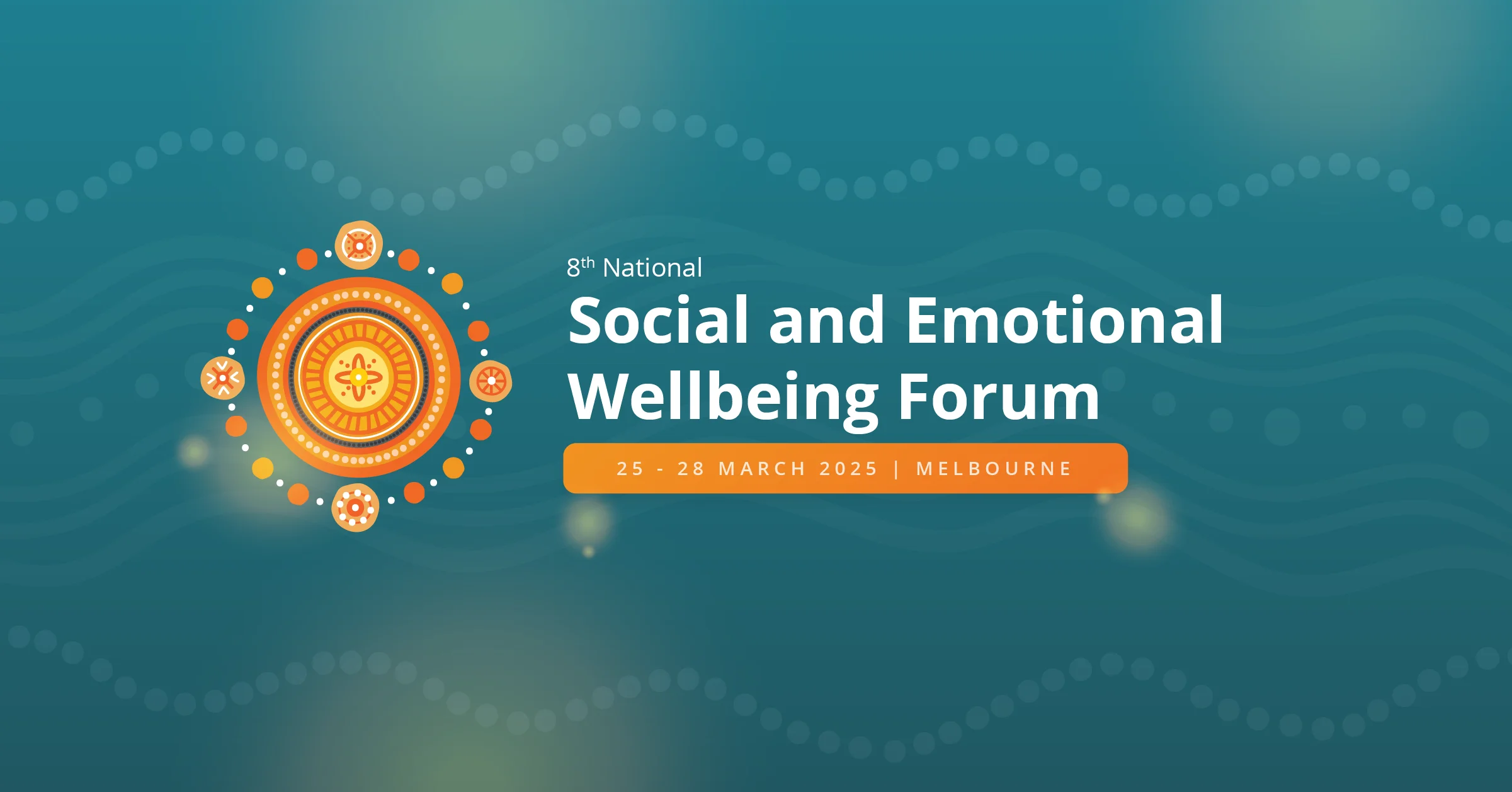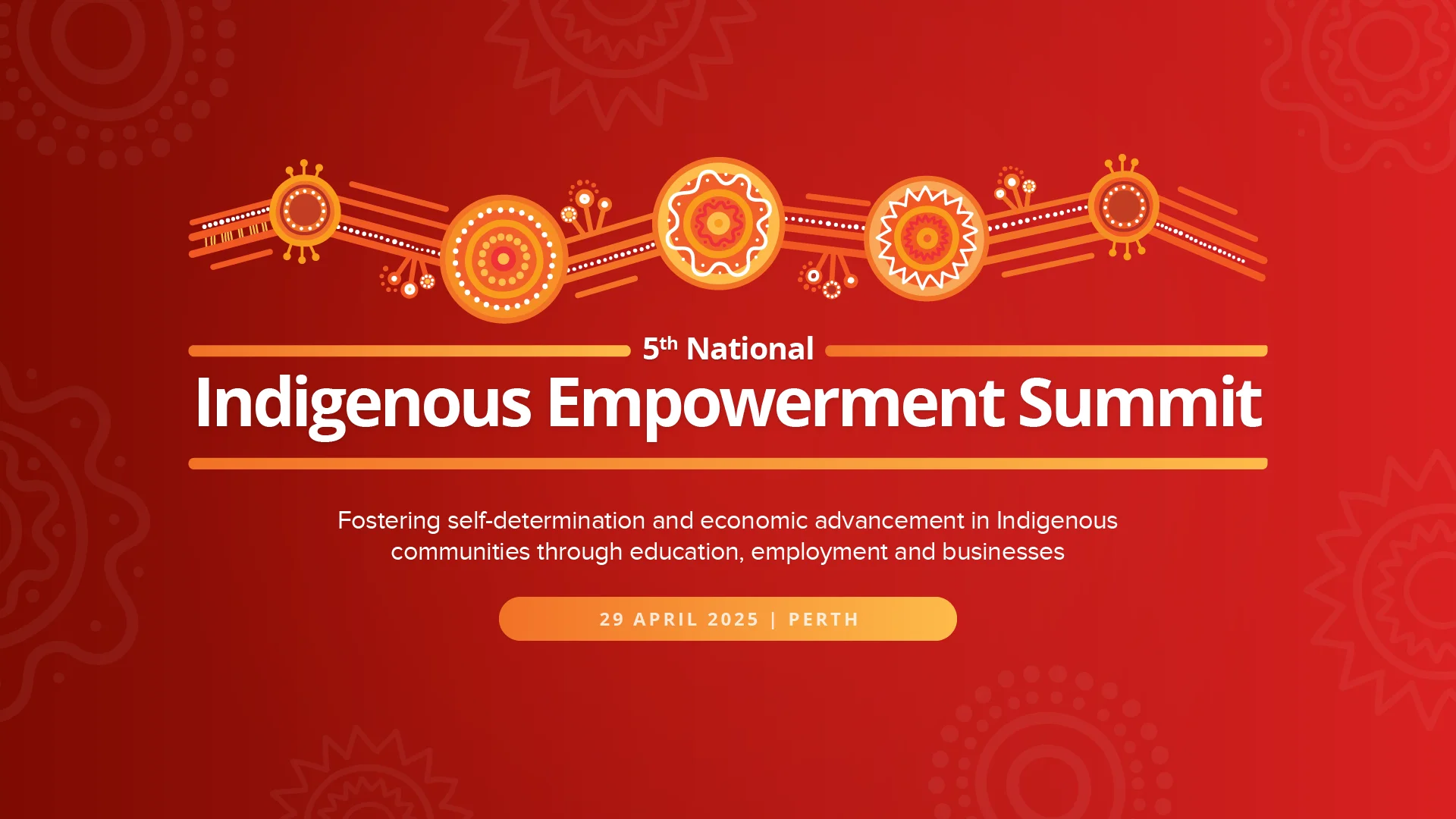In our experience of over 35 years in the not-for-profit (NFP) sector at senior leadership levels and advisory positions, over 85 per cent of strategic plans that we have seen are useless – and the CEOs and boards readily agree with this assessment.
Some of the more common reasons and justifications for this that we’ve come across include:
- Strategic planning is a waste of time, too complex and with limited outcomes.
- Dealing with day-to-day issues leaves little time to do any planning, let alone strategic planning.
- The strategic plan process is a commercial business technique which is not appropriate or suitable for our NFP.
- We only do strategic planning because our funding is tied to having a strategic plan.
- What, you want me to do my job and this darn strategic plan as well! Not going to happen!” (Probably not a good career move, but very common nevertheless.)
Let’s put aside the strategic plan – at least for now – and focus instead on creating a culture of strategic awareness at the board and senior executive level. Once this strategic awareness regularly occurs at the leadership level, it actually has the possibility of truly adding value.
What is strategic awareness?
Strategic awareness is how non-analytic data is accessed through awareness or inner knowing, and is incorporated into the strategic decision-making process of the board and senior executives.
Awareness, when combined with strategy, enhances analytic thinking and provides insights as to timing, specific strategy and innovation.
Strategic awareness allows us to perceive things in a broader context, take advantage of opportunities and avoid problems that trap other people.
This powerful combination of awareness and business strategy creates momentum and enables us to take advantage of all the new opportunities created in a hyper-change environment. To break down this concept:
- Awareness is the intrinsic ability each of us has to know something directly without the use of rational thought processes or direct cognition.
- Strategic awareness is the process of fusing awareness to strategy, incorporating real-world knowledge of industry, global trends and possible futures.
- Being strategic is less about planning ahead and more about continuous monitoring of the environment, rapid response and fast adaptation. It means being clear about the organisation’s vision, mission, and resources, and being consciously responsive to a dynamic environment. Being strategic results in the development of strategy.
Awareness without strategy often results in being mesmerised by the possibilities, without the need or strategy to carry it through in physical reality.
Strategy without awareness leads to dangerous practices that are not fluid and do not take the changing environment into account.
Where to start
A culture of strategic awareness at the senior leadership level starts with the board.
1. Select the right people
How a board member chooses to ‘be’ is more important than their set of technical skills. The following abilities should be encouraged:
- Look at options, rather than focusing on a fixed point of view.
- Function from curiosity and possibility, rather than holding on to the answer.
- Look at information without judgment, rather than as good, bad, right or wrong.
- Analyse and listen to instinct and intuition, while taking note of the risk and forecasts.
- View the world from ‘Prosperity vs Scarcity’, where life is seen as possibility, not the lack of it.
Everyone has these abilities, and a board will be more strategically aware and create the greatest change where the Chair and Directors encourage and model these skills, rather than a board where the individuals only have high technical skills.
2. Develop a strategic induction program
The board’s strategic awareness culture starts at the start. Develop an induction session for new board members that includes:
- Relevant papers
- An introduction to the culture of the board – e.g. here’s how we stay strategic as a board
- Expected questions to consider and ask
- High expectations – made clear from the beginning
- Information on how we live the vision and mission
- Site visits to relevant programs.
3. Design meetings to facilitate strategic thinking
- Structure the board agenda to reflect the key strategies, rather than sticking the strategic goals down as a singular item.
- Add the vision statement to the board agenda so that it focuses its discussion on what is really important.
- Ensure that staff reports or proposals indicate how they are achieving the strategic directions and where they fit in with the strategic goals.
- Every second board meeting arrange for professional development, to provide the board with strategic insight into the environment of its decisions.
- Every second board meeting have staff presentations regarding the strategic issues that that person faces in their area of responsibility, and invite questions from the board.
- Develop a section of the agenda where members can focus on changes to the strategic environment that may affect the organisation’s assumptions and strategic plan.
- Develop dashboard reports that graphically highlight the key elements of the strategic plan, finances, and relevant areas such as Occupational Health and Safety statistics.
4. Structure interactions to facilitate strategic awareness
- Send out a list of strategic questions as part of the standard board papers.
- During the discussion ask board members to take on the point of view of a specific stakeholder group.
- Insist on multiple discussion items, rather than focusing too quickly on ‘the answer’.
- Include one or two ‘strategic questions for consideration’ as part of board proposals.
Focus on creating a culture of strategic awareness, and the strategic ‘plan’ will sort itself out.
Steven Bowman is a director of Conscious-Governance.com online resources, based in Melbourne, Australia. He is sought after by NFPs globally as an expert adviser on conscious leadership, governance, strategic innovation, and awakening the power of strategic awareness within NFP organisations. For more information visit www.conscious-governance.com












